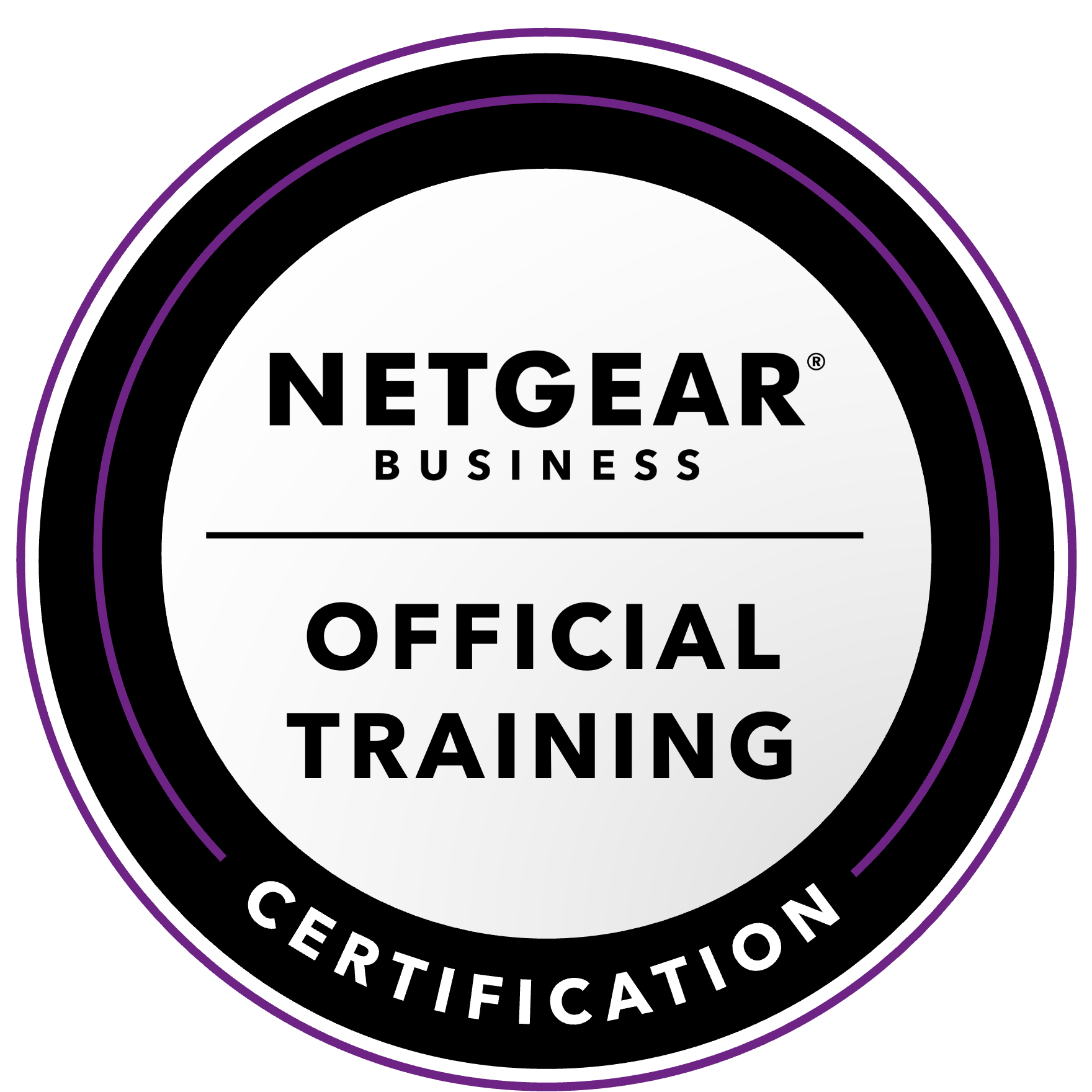NETGEAR is aware of a growing number of phone and online scams. To learn how to stay safe click here.
Forum Discussion
MartinDT
Jan 12, 2021Aspirant
What is correct way to migrate old RAID1 disks to new ones in RN102, RAID1?
Hello
Running out of space with ReadyNAS 102, two 1TB WD red disks, RAID1
I would like to migrate to new disks, bought two 4TB WD red disks.
Could anyone point me to right step-by-step walkthrough how to do it correctly?
Many thanks
Martin
If you purchased WD40EFAX drives, then my advice is to exchange them for WD40EFRX. The EFAX uses SMR technology, and folks here have found that SMR does create significant performance issues with the ReadyNAS. If you purchased desktop drives, you should check the datasheet, to make sure they aren't using SMR. I don't recommend using desktop drives in a ReadyNAS.
You should first ensure that you have an up-to-date backup, as you don't have RAID redundancy when you are upgrading the drives.
Personally I test my WD drives in a PC using WD's Lifeguard software before I use them - running both the extended non-destructive test and the full erase test. BTW, you don't want to format the drives - that just gets in the way later on.
Once the preliminaries are out of the way, the upgrade process is simple.
- Double-check that X-RAID is turned on, by confirming that there is a green stripe through the X-RAID control on the volume page.
- Hot-swap the first drive (with the NAS running). It will detect the drive removal and insertion, and then will begin syncing.
- After the NAS tells you that the resync is complete, then hot-swap the second drive. It will then begin syncing again.
The second resync happens in two steps - first the original 1 TB volume is reconstructed (syncing 1 TB). Then the array is expanded from 1 TB to 4 TB, which requires a second resync (which will take longer).
Performance will be quite a bit slower during the resyncs, and the process will take quite a while.
6 Replies
Replies have been turned off for this discussion
- StephenBGuru - Experienced User
If you purchased WD40EFAX drives, then my advice is to exchange them for WD40EFRX. The EFAX uses SMR technology, and folks here have found that SMR does create significant performance issues with the ReadyNAS. If you purchased desktop drives, you should check the datasheet, to make sure they aren't using SMR. I don't recommend using desktop drives in a ReadyNAS.
You should first ensure that you have an up-to-date backup, as you don't have RAID redundancy when you are upgrading the drives.
Personally I test my WD drives in a PC using WD's Lifeguard software before I use them - running both the extended non-destructive test and the full erase test. BTW, you don't want to format the drives - that just gets in the way later on.
Once the preliminaries are out of the way, the upgrade process is simple.
- Double-check that X-RAID is turned on, by confirming that there is a green stripe through the X-RAID control on the volume page.
- Hot-swap the first drive (with the NAS running). It will detect the drive removal and insertion, and then will begin syncing.
- After the NAS tells you that the resync is complete, then hot-swap the second drive. It will then begin syncing again.
The second resync happens in two steps - first the original 1 TB volume is reconstructed (syncing 1 TB). Then the array is expanded from 1 TB to 4 TB, which requires a second resync (which will take longer).
Performance will be quite a bit slower during the resyncs, and the process will take quite a while.
- MartinDTAspirant
thanks a lot, I'll do as you suggest
- MartinDTAspirant
just one more question... I assume all settings related to users and shares will remain set after process is done, right?
- StephenBGuru - Experienced User
MartinDT wrote:
just one more question... I assume all settings related to users and shares will remain set after process is done, right?
Yes. All settings and data remain intact, assuming there is no disk failure during the upgrade process.
Also, if you keep the first disk you remove, the NAS should be able to boot up on that disk alone if something were to go wrong later on. Though I as said earlier, we do recommend having a full backup of the NAS before you do the upgrade.
Related Content
NETGEAR Academy

Boost your skills with the Netgear Academy - Get trained, certified and stay ahead with the latest Netgear technology!
Join Us!
